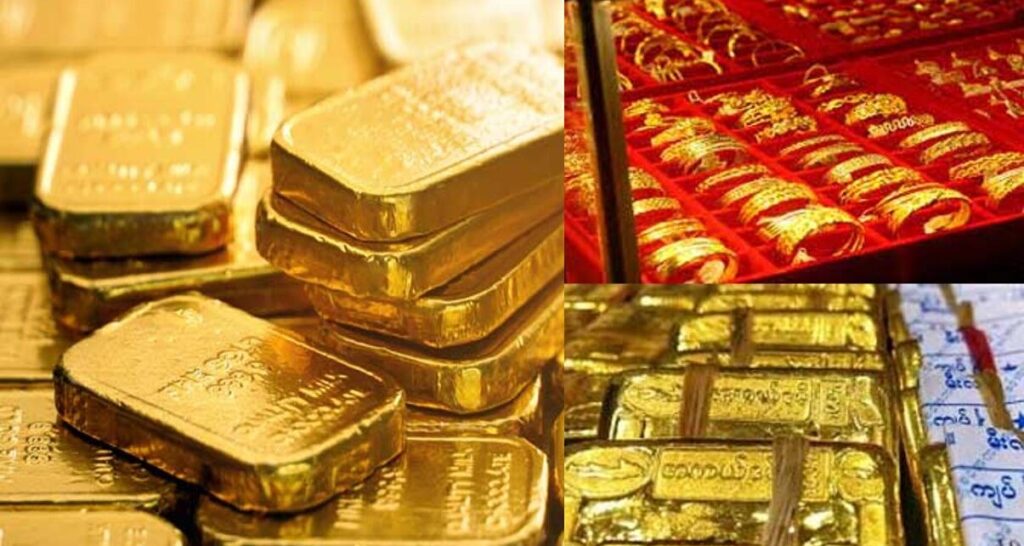Introduction
Gold has long been considered a symbol of wealth and a safe-haven asset. Its market price is influenced by a myriad of factors, making it a focal point for investors and economies worldwide. Understanding the dynamics of the world gold market price is crucial for making informed investment decisions and grasping the global economic landscape.
Factors Influencing Gold Prices
1. **Supply and Demand**:
– The primary driver of gold prices is the balance between supply and demand. Gold supply is relatively inelastic due to the long lead times required for mining and production. On the other hand, demand varies significantly across different sectors such as jewelry, technology, and investment.
2. **Economic Indicators**:
– Economic stability or instability significantly impacts gold prices. During times of economic uncertainty or inflation, investors often flock to gold as a safe-haven asset, driving up prices. Conversely, during periods of economic growth, the demand for gold may decrease as investors seek higher returns from other assets.
3. **Currency Fluctuations**:
– The value of the US dollar has a strong inverse relationship with gold prices. Since gold is primarily traded in USD, a stronger dollar makes gold more expensive for foreign buyers, reducing demand and potentially lowering prices. Conversely, a weaker dollar can increase gold prices.
4. **Interest Rates**:
– Gold does not yield interest or dividends, making it less attractive when interest rates are high. Conversely, when interest rates are low, the opportunity cost of holding gold decreases, often leading to higher demand and prices.
5. **Geopolitical Events**:
– Political instability, conflicts, and other geopolitical events can create uncertainty in financial markets, leading to increased demand for gold as a safe-haven asset. This heightened demand can drive up gold prices.
Trends in the Gold Market
Over the past few decades, the gold market has witnessed significant fluctuations. Key trends include:
– **2000s Bull Market**: Gold prices saw a significant increase during the 2000s, driven by economic crises, inflation fears, and high demand from emerging markets like China and India.
– **Post-2011 Decline**: After reaching an all-time high in 2011, gold prices experienced a decline due to improving global economic conditions and rising interest rates.
– **Recent Years**: In recent years, gold has regained some of its appeal due to economic uncertainties caused by events like the COVID-19 pandemic, geopolitical tensions, and inflation concerns.
Investing in Gold
Investors can participate in the gold market in several ways:
– **Physical Gold**: Purchasing gold bullion, coins, or jewelry.
– **Gold ETFs and Mutual Funds**: Investing in funds that track the price of gold.
– **Gold Mining Stocks**: Buying shares in companies involved in gold mining and production.
– **Futures and Options**: Engaging in more complex financial instruments that derive their value from the price of gold.
Conclusion
- The world gold market price is a dynamic and complex phenomenon influenced by various factors. By understanding these factors and keeping abreast of market trends, investors can make more informed decisions. Whether you are a seasoned investor or just starting, gold can be a valuable addition to your portfolio, offering diversification and a hedge against economic uncertainties.


